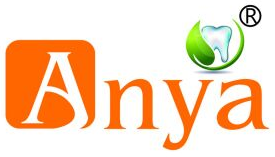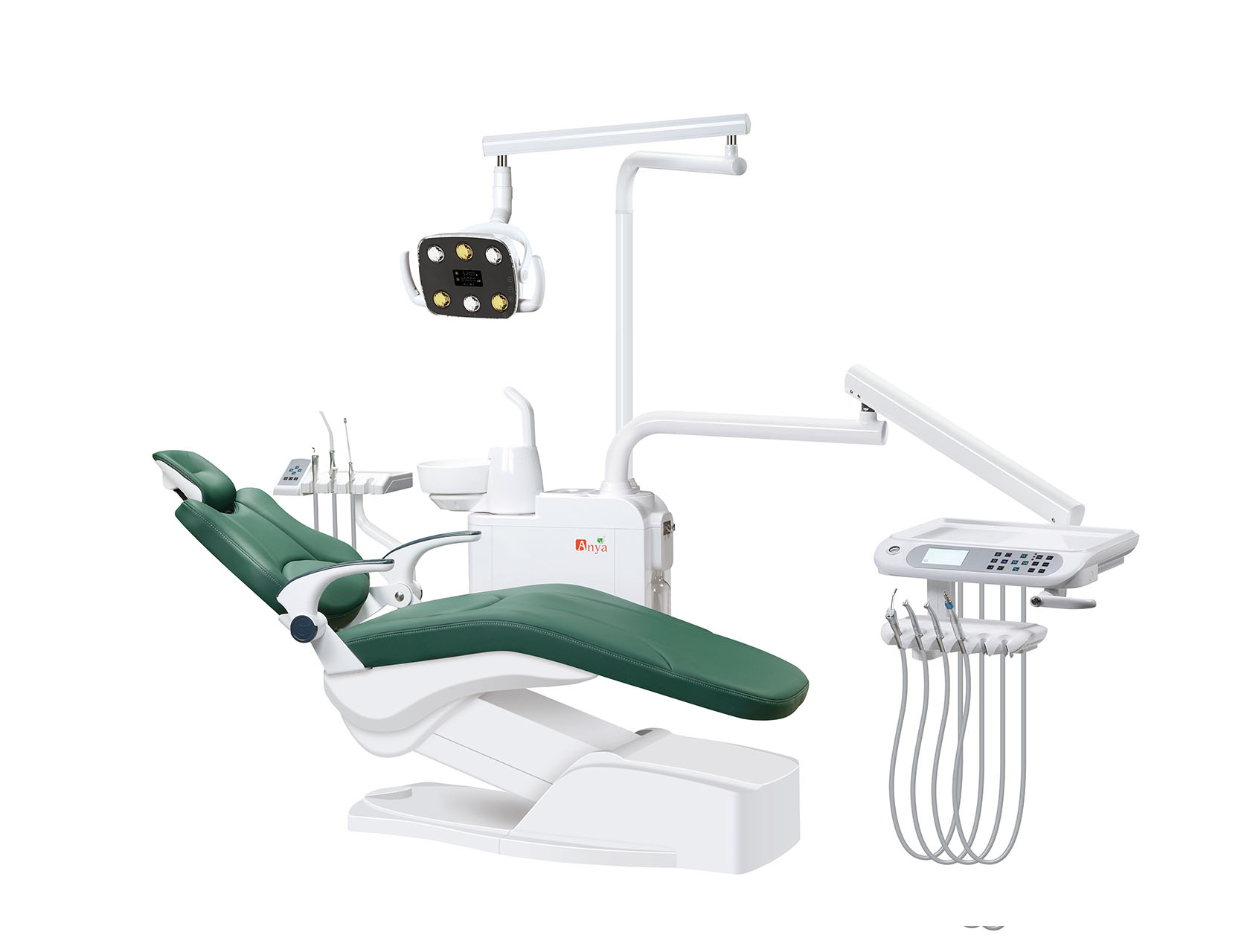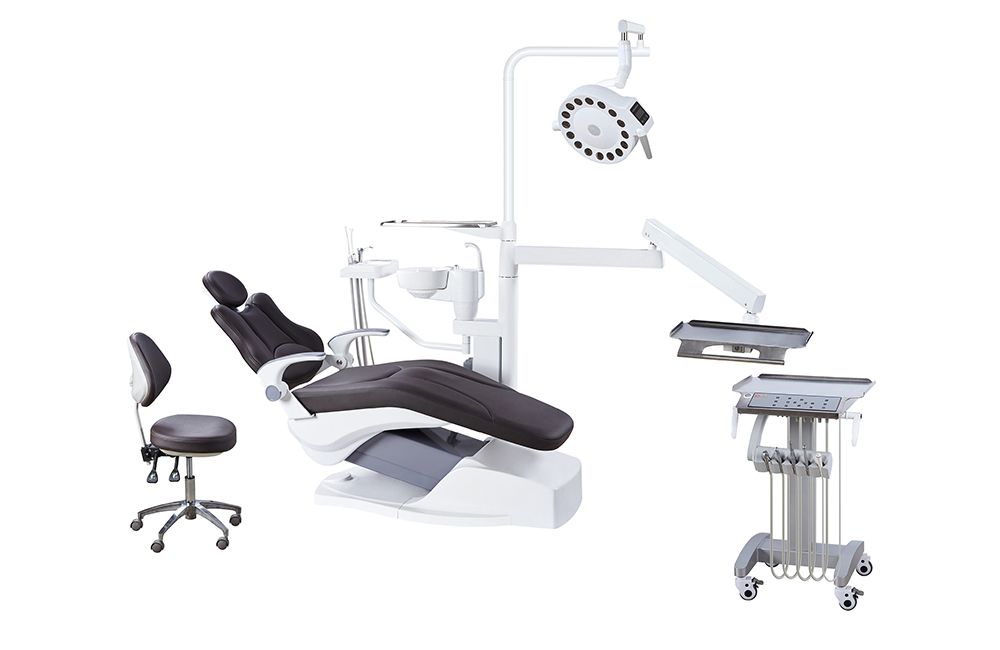In the realm of dental practice, the term "dental chair unit cost" encapsulates the financial investment associated with acquiring essential equipment that forms the main part of any dental office. Understanding the intricacies of this cost is crucial for practitioners aiming to establish a functional and efficient workspace. This article delves into the multifaceted aspects of dental chair unit costs, shedding light on factors influencing expenses and strategies for optimizing investments.
Factors Affecting Dental Chair Unit Cost
When contemplating the acquisition of a dental chair unit, various factors come into play, influencing the overall cost.
Brand and Manufacturer
One of the primary determinants of dental chair unit cost is the brand and manufacturer behind the product. Established brands
with a reputation for quality and reliability often command higher prices due to the perceived value they offer. Conversely, lesser-known manufacturers may provide more affordable options but could entail risks related to product durability and after-sales support.
Features and Technology
Modern advancements in dental technology have revolutionized the features available in dental chair units.
From ergonomic designs to integrated imaging systems and advanced patient comfort features, the inclusion of such technologies can significantly impact the overall cost. Practitioners must carefully assess their requirements against available features to determine the most cost-effective solution without compromising on essential functionalities.
Additional Equipment and Accessories
Beyond the core dental chair unit, additional equipment and accessories contribute to the overall cost. These may include delivery systems, lighting solutions, suction units, and various dental instruments tailored to specific procedures. While opting for comprehensive packages might initially inflate expenses, it can
streamline operations and enhance the overall efficiency of the dental practice.
Budget Considerations
Navigating the realm of dental chair unit costs necessitates a clear understanding of budgetary constraints and considerations.
Setting a Budget
Establishing a realistic budget forms the foundation of any procurement decision. Dentists must assess their financial resources, considering factors such as
practice revenue, anticipated growth, and available financing options. By delineating a clear budgetary framework, practitioners can streamline the selection process and avoid overextending their financial resources.
Evaluating Cost-Effectiveness
While minimizing upfront costs may seem appealing, practitioners must also evaluate the long-term cost-effectiveness of their investment. Assessing factors such as maintenance requirements, warranty coverage, and potential for future upgrades can
provide insights into the overall value proposition offered by different dental chair units. Opting for solutions that strike a balance between initial costs and long-term benefits is paramount.
Comparing Different Dental Chair Units
With an array of options available in the market, comparing different dental chair units is imperative for making informed decisions.
Researching Options
Conducting comprehensive research is the cornerstone of effective decision-making in procuring dental chair units. Dentists should leverage online resources, industry publications, and peer recommendations to
gain insights into available options. Additionally, attending trade shows and product demonstrations can provide firsthand experiences and facilitate direct interactions with manufacturers.
Requesting Quotes and Proposals
Obtaining quotes and proposals from multiple vendors enables dentists to
compare pricing structures and negotiate favorable terms. Beyond evaluating initial costs, practitioners should scrutinize included services, warranty coverage, and after-sales support to assess the overall value proposition offered by different vendors. Soliciting references and testimonials can further validate the credibility and reliability of prospective suppliers.
Considering Long-Term Value
While immediate cost considerations are essential, practitioners must also factor in
the long-term value proposition offered by different dental chair units. Assessing factors such as durability, scalability, and compatibility with future technological advancements can provide insights into the sustainability of the investment. Prioritizing solutions that align with the practice's long-term vision and growth trajectory is paramount.
Conclusion
Understanding the nuances of dental chair unit costs is pivotal for practitioners seeking to optimize their investments in essential equipment. By considering factors such as brand reputation, technological features, and budgetary considerations, dentists can navigate the procurement process with confidence and foresight. Ultimately, investing wisely in dental chair units lays the foundation for a functional and efficient workspace, enabling practitioners to deliver optimal patient care while maximizing operational efficiency.



